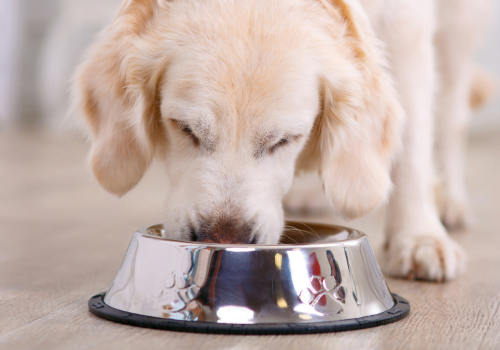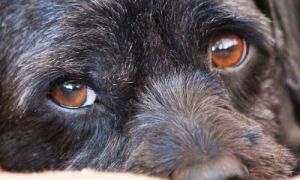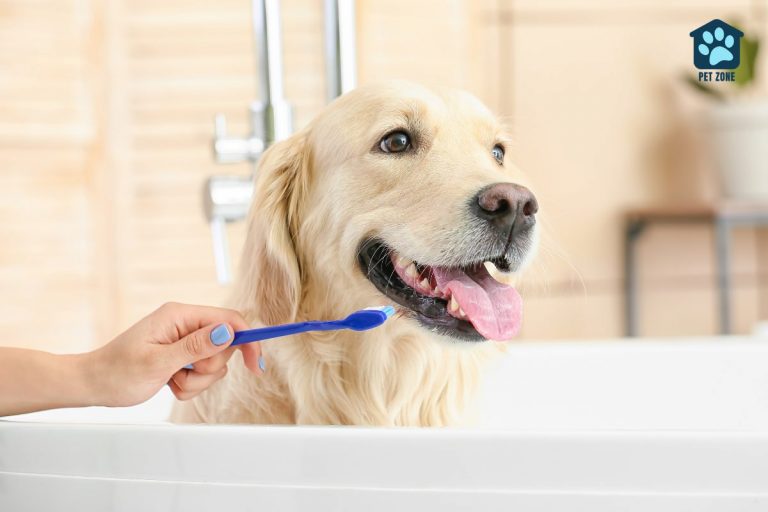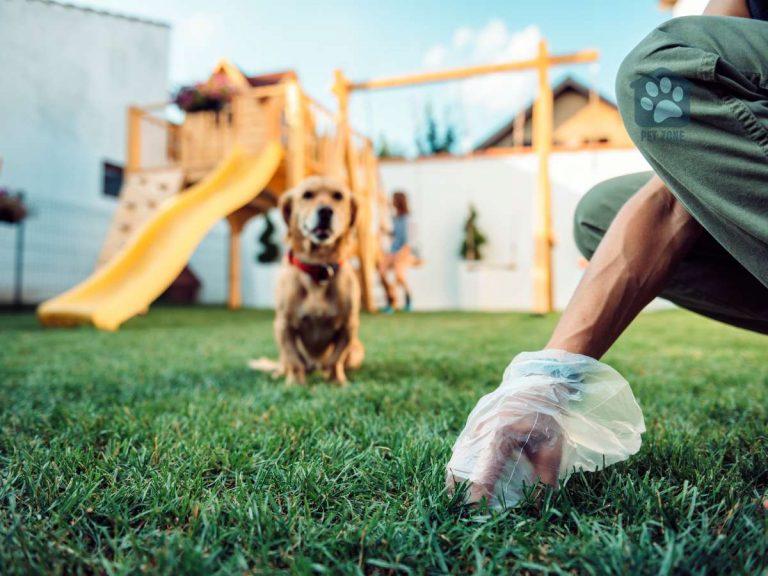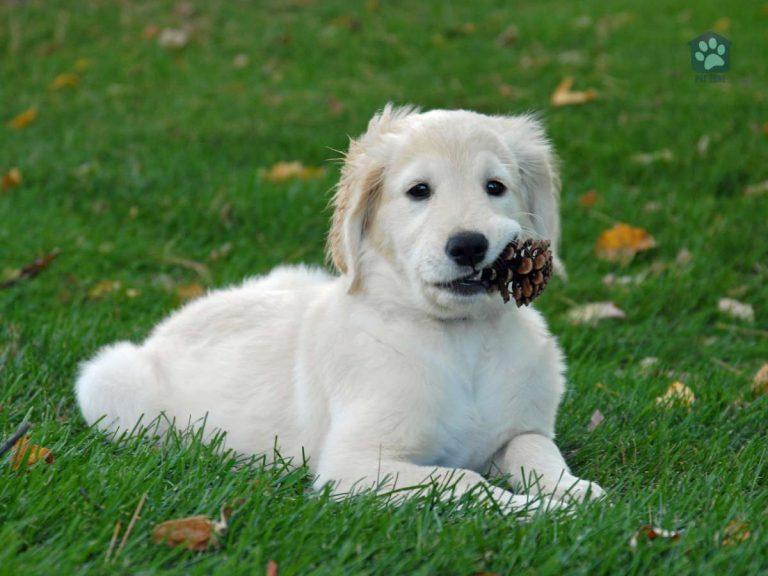Estimated reading time: 4 minutes
Have you ever watched your dog gobble down its food in mere seconds, only to wonder why they don’t take the time to chew like we do? It’s a common question among dog owners, and the answer lies in their ancestry, anatomy, and digestive system. Let’s dive into the world of canine eating habits and explore why dogs don’t chew their food like humans.
The Canine Ancestry
Carnivorous Origins
Dogs are descendants of wolves, which are carnivorous animals. Their wild ancestors had to hunt for their food and consume it quickly to avoid competition from other predators. Chewing was not a priority, as it would take up valuable time and potentially attract unwanted attention from rival animals.
Modern Dogs and Their Diets
Today, domesticated dogs have adapted to a wider range of food sources, including commercial dog food and table scraps from their human families. However, their instinctive eating habits remain, which means they still tend to gulp down food without much chewing.
The Anatomy of a Dog’s Mouth
Teeth Structure and Function
A dog’s teeth are designed for tearing and crushing rather than grinding and chewing like human teeth. They have sharp canines and strong molars to break down meat and bones. This means that dogs are more efficient at tearing food into smaller pieces, making the need for extensive chewing less important.
Jaw Movement and Chewing Mechanism
Unlike humans, dogs have a limited range of motion in their jaw, with primarily up-and-down movements. This restricts their ability to grind food as effectively as we can. Their jaws are designed for quick, powerful bites, which allows them to tear off chunks of food rather than grind it down.
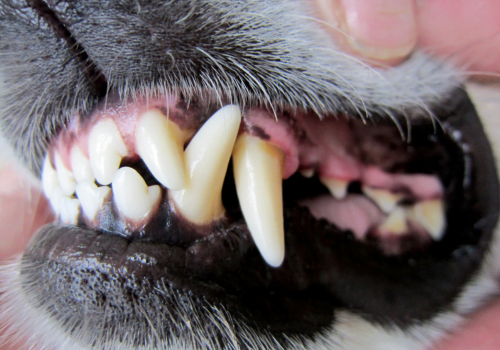
How Dogs Eat Their Food
Gulpers vs. Chewers
Some dogs are natural gulpers, swallowing their food with little to no chewing. This is especially true for breeds with shorter snouts, such as Bulldogs and Pugs. Other dogs may chew their food more thoroughly, particularly if it’s a hard or crunchy texture.
Food Texture and Chewing Behavior
The type of food a dog eats can also influence their chewing behavior. Kibble and dry treats often require more chewing than soft or wet food. However, even with kibble, dogs may not chew each piece thoroughly before swallowing.
The Role of Digestive Enzymes
Salivary Enzymes
While humans rely on enzymes in their saliva to break down carbohydrates, dogs have fewer salivary enzymes. This means that their saliva primarily serves to lubricate food, making it easier to swallow, rather than breaking it down for digestion. As a result, dogs don’t need to spend as much time chewing to initiate the digestive process.
Enzymes in the Stomach and Intestines
Dogs have strong stomach acids and enzymes that help break down proteins and fats in their food. These enzymes work effectively regardless of whether the food is chewed or swallowed whole. Therefore, the lack of chewing doesn’t hinder a dog’s ability to digest and absorb nutrients.
Potential Problems with Not Chewing Food
Choking Hazards
While dogs are naturally inclined to gulp their food, this behavior can pose a choking risk. Dogs that eat too quickly may accidentally swallow large chunks of food, leading to choking or even blockages in their esophagus or intestines.
Overeating and Weight Gain
Eating quickly without chewing can also contribute to overeating and weight gain in dogs. When a dog wolfs down its food, it may consume more than it needs before feeling full, leading to obesity and associated health problems.
Tips for Encouraging Chewing
- Use slow feeder bowls or puzzle toys to slow down your dog’s eating pace and encourage more chewing.
- Offer treats and toys that promote chewing, like dental chews or durable chew toys.
- Feed your dog smaller meals more frequently, which can help reduce the urge to gulp food.
Conclusion
So, why don’t dogs chew their food? The answer lies in their carnivorous ancestry, the anatomy of their mouth, and their efficient digestive system. While it may seem strange to us, dogs are well-equipped to handle their food without extensive chewing. However, it’s essential to be aware of the potential risks associated with gulping food and take steps to encourage healthy eating habits.
As an Amazon Associate I earn from qualifying purchases.


